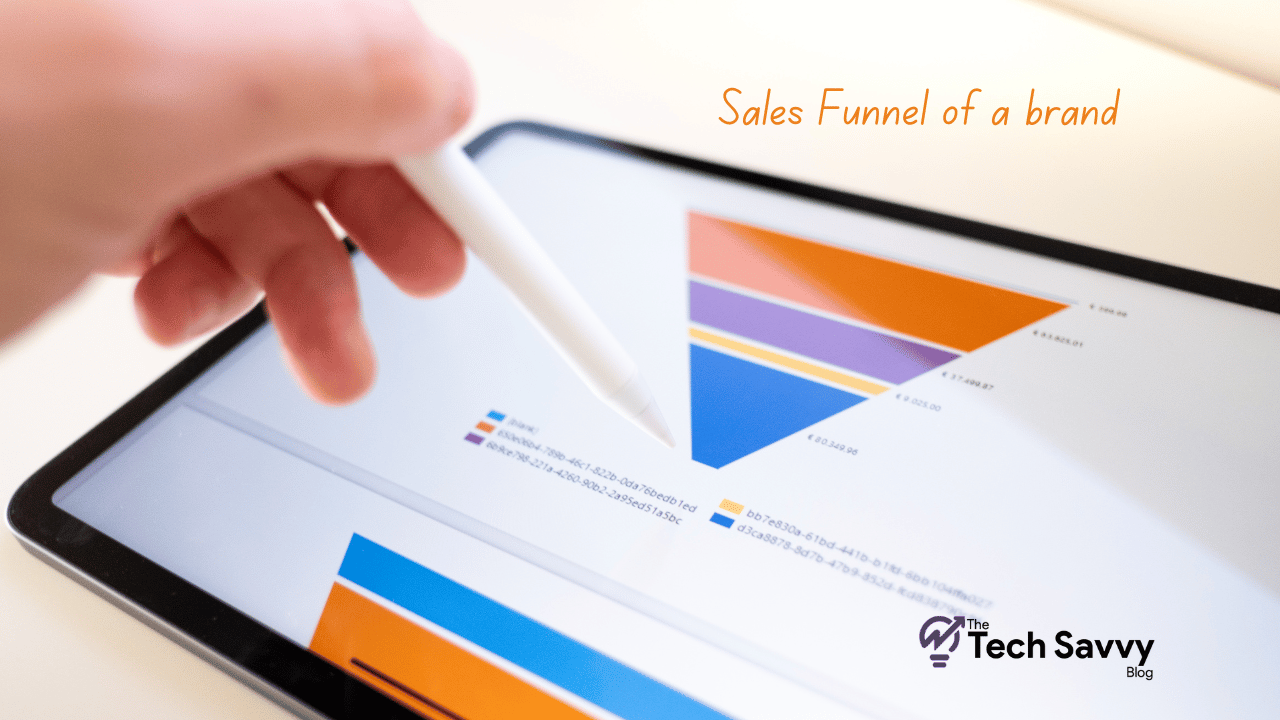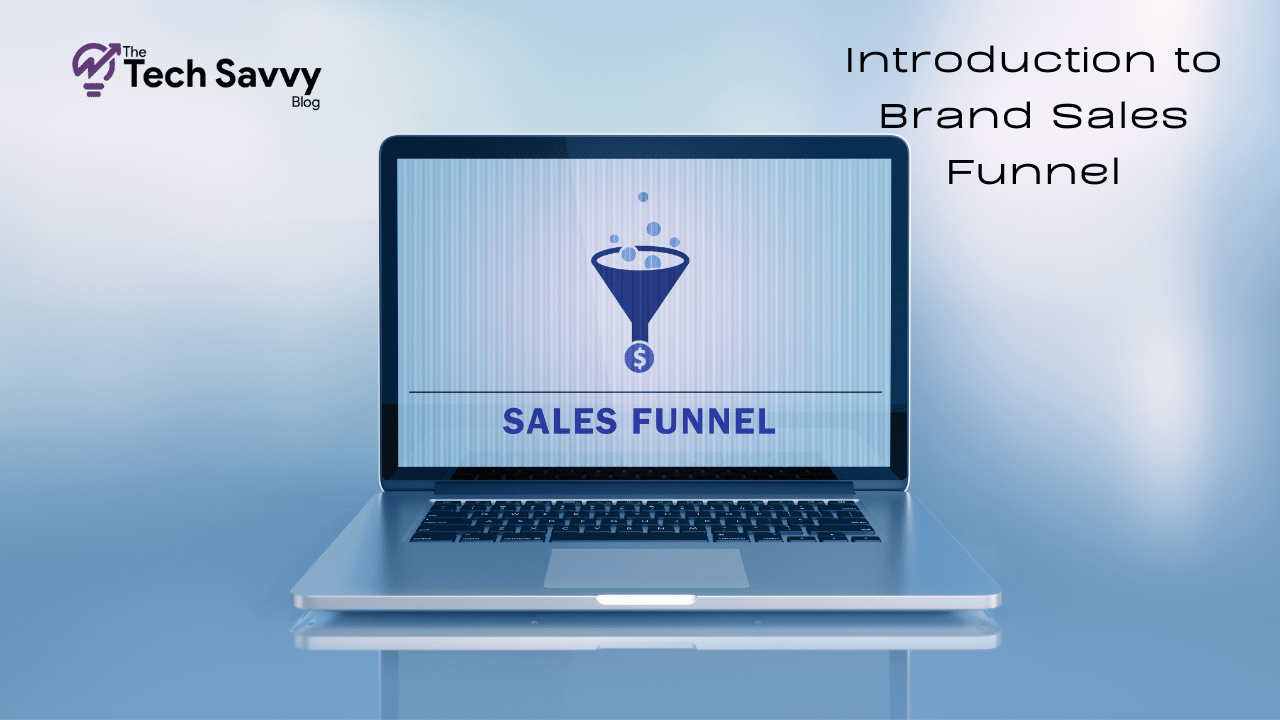Introduction to the Brand Sales Funnel
Brand Sales Funnel is a strategic framework that illustrates the various stages a potential customer goes through before making a purchase, from initial awareness of the brand to the final decision to buy. Brand Sales Funnel provides businesses with valuable insights into customer behavior, allowing them to develop targeted marketing strategies, nurture leads, and ultimately, increase conversion rates.
By identifying the different stages of the funnel and implementing tailored tactics for each. Businesses can streamline their sales process, optimize marketing efforts, and drive growth. We will explore the concept of the Brand Sales Funnel in detail, discuss the key stages of the funnel, and provide insights into how businesses can effectively leverage this framework to enhance their sales and marketing strategies and achieve success.
Key Stages of the Brand Sales Funnel
Brand Sales Funnel typically consists of several key stages that represent the different levels of customer engagement and intent. While the exact stages may vary depending on the business and industry.
Core stages of the funnel generally include:
- Awareness: This is the initial stage where potential customers become aware of your brand and the products or services you offer. The goal at this stage is to increase visibility and generate interest through various marketing channels, such as social media, content marketing, and advertising.
- Interest: Once potential customers are aware of your brand, they move on to the interest stage, where they begin to research and explore your products or services in more detail. The goal at this stage is to provide valuable information and engage potential customers with relevant and compelling content to nurture their interest and encourage them to learn more.
- Consideration: Potential customers are actively evaluating your products or services and comparing them with competitors. The goal at this stage is to highlight the unique value proposition of your brand, address any concerns or objections, and provide incentives or offers to encourage them to choose your brand over competitors.
- Intent: Potential customers have a strong interest in your products or services and are close to making a purchase decision. The goal at this stage is to reinforce the benefits of your products or services, provide a seamless and frictionless purchasing experience, and encourage them to take action and make a purchase.
- Purchase: The purchase stage is where potential customers become paying customers by making a purchase. The goal at this stage is to provide exceptional customer service, ensure a smooth and hassle-free purchasing process, and encourage repeat purchases and referrals.
- Retention: The retention stage focuses on building long-term relationships with customers by providing ongoing support, engaging them with valuable content and offers, and encouraging loyalty and advocacy. The goal at this stage is to increase customer lifetime value, foster brand loyalty, and turn customers into brand advocates.
Strategies to Optimize Each Stage of the Brand Sales Funnel

To effectively leverage the Brand Sales Funnel and drive success, businesses need to implement targeted strategies for each stage of the funnel. Some strategies to optimize each stage include:
- Awareness: Implement targeted social media advertising campaigns to increase brand visibility and reach a broader audience. Create valuable and engaging content, such as blog posts, videos, and infographics, to attract and educate potential customers.
- Interest: Develop informative and compelling product or service pages, highlighting the features, benefits, and unique value proposition of your offerings. Implement email marketing campaigns to nurture leads and provide valuable information and insights to maintain their interest and engagement.
- Consideration: Showcase customer testimonials, reviews, and case studies to build credibility and trust. Provide incentives, discounts, or offers to encourage potential customers to choose your brand over competitors.
- Intent: Streamline the purchasing process and ensure a user-friendly and intuitive checkout experience. Implement retargeting ads and personalized marketing messages to reengage potential customers and encourage them to complete their purchase.
- Purchase: Provide exceptional customer service and support to ensure customer satisfaction and encourage repeat purchases. Implement a loyalty program or rewards system to incentivize repeat purchases and foster long-term customer relationships.
- Retention: Engage customers with valuable and personalized content, offers, and promotions to encourage loyalty and advocacy. Implement customer feedback and support systems to address concerns, gather insights, and continuously improve the customer experience.
Tools and Technologies to Enhance the Brand Sales Funnel

To effectively manage and optimize the Brand Sales Funnel, businesses can leverage various tools and technologies designed to enhance customer engagement, streamline processes, and drive growth.
Some of the popular tools and technologies to consider.
- include: CRM (Customer Relationship Management) Systems: CRM systems, such as Salesforce, HubSpot, and Zoho CRM, can help businesses track customer interactions, manage leads and opportunities, and provide personalized and targeted marketing and sales strategies.
- Marketing Automation Platforms: Marketing automation platforms, such as Mailchimp, Marketo, and Pardot, can automate repetitive marketing tasks, streamline workflows, and deliver personalized and targeted marketing messages to nurture leads and drive conversions.
- Analytics and Reporting Tools: Analytics and reporting tools, such as Google Analytics, Adobe Analytics, and Tableau, can provide valuable insights into customer behavior, campaign performance, and funnel effectiveness, allowing businesses to identify areas for improvement and optimize their strategies.
- E-Commerce Platforms: E-commerce platforms, such as Shopify, WooCommerce, and Magento, can provide businesses with the tools and capabilities to create seamless and frictionless online shopping experiences, optimize product listings, and streamline the checkout process to drive conversions and enhance customer satisfaction.
Monitoring and Measuring the Success of the Brand Sales Funnel
Monitoring and measuring the success of the Brand Sales Funnel is crucial for identifying areas for improvement, optimizing strategies, and driving growth. By tracking key metrics and KPIs (Key Performance Indicators) at each stage of the funnel. Businesses can gain valuable insights into the effectiveness of their marketing and sales efforts and make data-driven decisions to enhance performance.
Some key metrics and KPIs to monitor and measure include:
- Conversion Rate: The percentage of potential customers who take the desired action, such as making a purchase or signing up for a newsletter, at each stage of the funnel.
- Customer Acquisition Cost (CAC): The average cost to acquire a new customer, calculated by dividing the total marketing and sales expenses by the number of new customers acquired.
- Customer Lifetime Value (CLV): The total revenue generated from a customer throughout their entire relationship with the brand, compared to the cost of acquiring and retaining that customer.
- Churn Rate: The percentage of customers who stop doing business with the brand over a specific period, indicating customer satisfaction and loyalty.
- ROI (Return on Investment): The ratio of the net profit generated from a marketing campaign or initiative to the total cost of the campaign or initiative, providing insights into the effectiveness and profitability of the marketing efforts.
Conclusion & Recap
Brand Sales Funnel is a strategic framework that illustrates the various stages a potential customer goes through before making a purchase, from initial awareness of the brand to the final decision to buy. By understanding and optimizing each stage of the funnel and implementing targeted strategies. Businesses can streamline their sales process, optimize marketing efforts, and drive growth.
Key takeaways from this article include:
- Key Stages of the Funnel: The Brand Sales Funnel typically consists of several key stages, including Awareness, Interest, Consideration, Intent, Purchase, and Retention, representing the different levels of customer engagement and intent.
- Strategies to Optimize Each Stage: To effectively leverage the Brand Sales Funnel and drive success, businesses need to implement targeted strategies for each stage of the funnel, such as targeted advertising, engaging content, customer testimonials, streamlined purchasing processes, exceptional customer service, and personalized marketing messages.
- Tools and Technologies: Businesses can leverage various tools and technologies, such as CRM systems, marketing automation platforms, analytics and reporting tools, and e-commerce platforms, to enhance the customer engagement, streamline processes, and drive growth.
- Monitoring and Measuring Success: Monitoring and measuring key metrics and KPIs, such as Conversion Rate, Customer Acquisition Cost (CAC), Customer Lifetime Value (CLV), Churn Rate, and ROI, is crucial for identifying areas for improvement, optimizing strategies, and driving growth.
By implementing the strategies, leveraging the tools and technologies, and continuously monitoring and measuring the success of the Brand Sales Funnel. Businesses can enhance their sales and marketing strategies, improve customer engagement and satisfaction, and achieve success and growth in today’s competitive business landscape.
